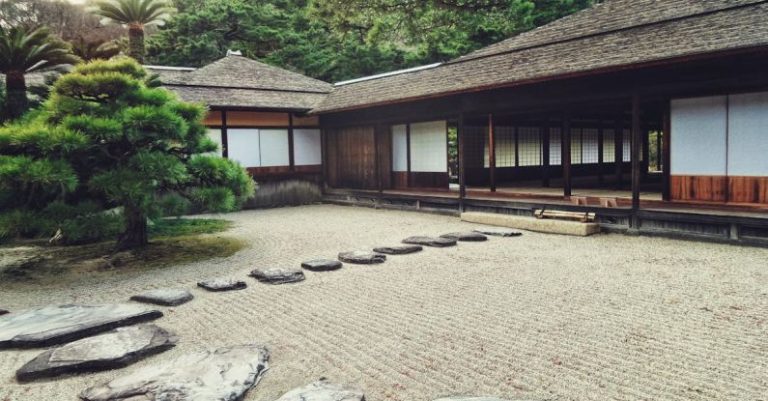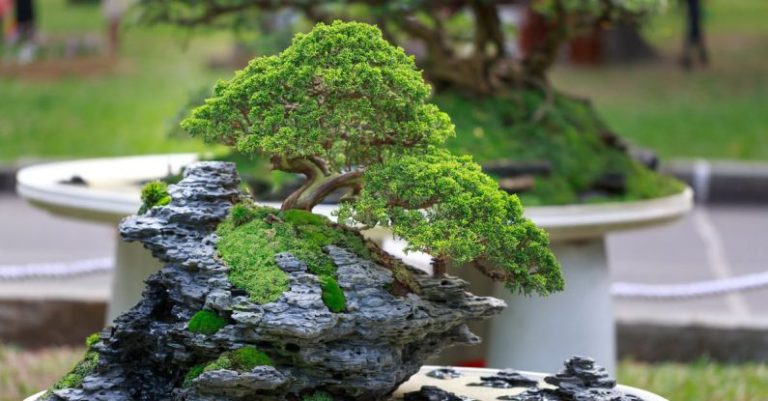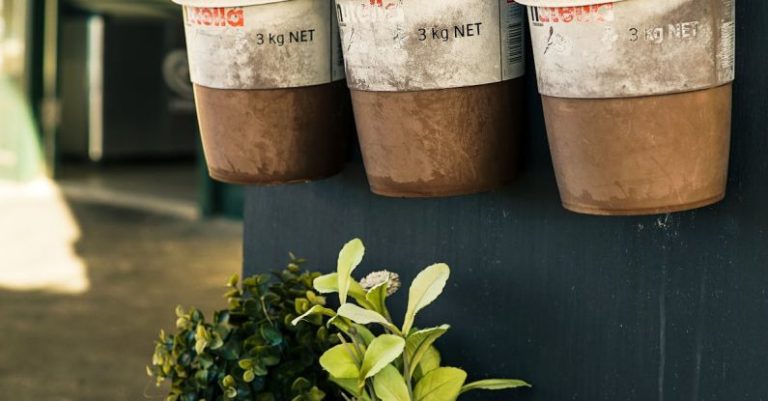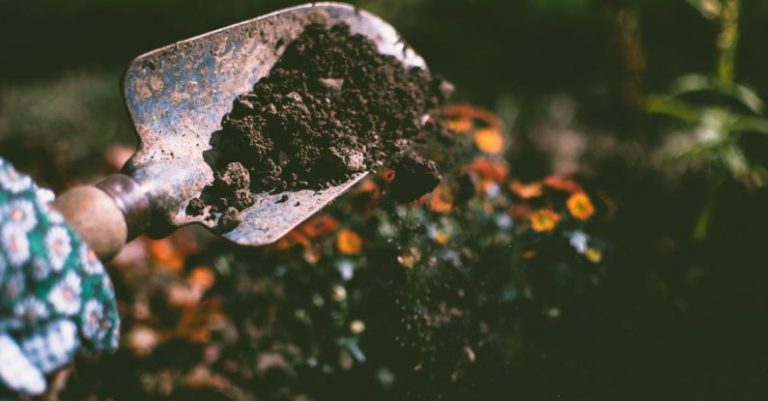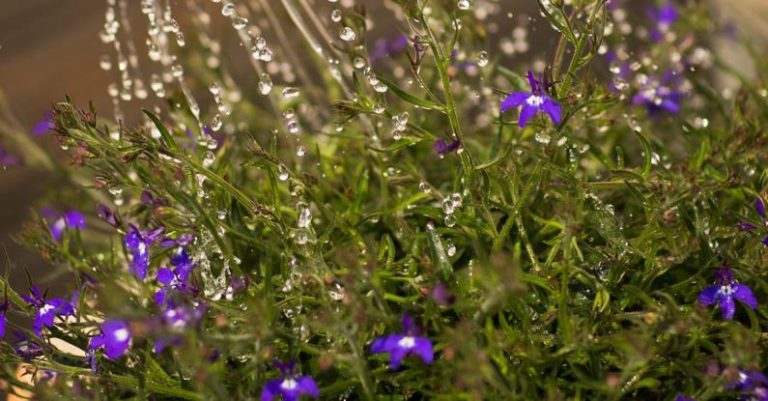The Basics of Indoor Plant Care
Whether you are a seasoned plant enthusiast or just starting out with your indoor garden, mastering the basics of indoor plant care is essential to ensure your green companions thrive in their indoor environment.
Choosing the Right Plants
Selecting the right plants for your indoor space is the first step in successful indoor plant care. Consider factors such as light conditions, temperature, and humidity levels in your home before deciding on the types of plants you want to bring indoors. Some popular indoor plant options that are known to thrive in indoor environments include pothos, snake plants, spider plants, and peace lilies.
Light Requirements
Proper lighting is crucial for the health of indoor plants. Most indoor plants require bright, indirect light to thrive. Place your plants near windows where they can receive ample sunlight without being exposed to direct sunlight, which can scorch their leaves. If your home lacks natural light, consider using artificial grow lights to supplement your plants’ light needs.
Watering
Overwatering is one of the most common mistakes people make when caring for indoor plants. The frequency of watering your plants depends on factors such as the plant type, pot size, and environmental conditions. Before watering, check the soil moisture by inserting your finger into the soil. If it feels dry an inch below the surface, it’s time to water. Ensure that your pots have drainage holes to prevent waterlogging, which can lead to root rot.
Humidity and Temperature
Indoor plants have varying humidity and temperature preferences. Most indoor plants thrive in moderate to high humidity levels. Increase humidity by misting your plants with water or placing a tray of water near them to create a humid microclimate. Temperature-wise, most indoor plants prefer temperatures between 65-75°F (18-24°C) during the day and slightly cooler temperatures at night.
Fertilizing
While soil provides plants with essential nutrients, regular fertilization can help boost growth and overall health. Choose a balanced, water-soluble fertilizer and dilute it to half the recommended strength to avoid overfeeding your plants. Fertilize your indoor plants during the growing season, typically from spring to early fall, and reduce or stop fertilization during the dormant winter months.
Pruning and Grooming
Regular pruning and grooming not only help maintain the aesthetic appeal of your indoor plants but also promote healthy growth. Remove dead or yellowing leaves, spent flowers, and leggy stems to encourage new growth. Pruning also helps improve air circulation around the plant, reducing the risk of pests and diseases.
Repotting
As indoor plants grow, they may outgrow their current pots, leading to root-bound conditions. Repotting your plants every 1-2 years, or when you notice roots circling the pot’s bottom, helps provide fresh soil and ample space for root growth. Choose a pot that is one size larger than the current one and use well-draining potting mix to prevent waterlogging.
Pest Control
Despite your best efforts, indoor plants may still fall victim to pests such as spider mites, mealybugs, and fungus gnats. Regularly inspect your plants for any signs of pest infestations, such as webbing, sticky residue, or yellowing leaves. Treat pest problems promptly using natural remedies or insecticidal soaps to prevent them from spreading to other plants.
Troubleshooting Common Issues
Even with proper care, indoor plants may experience issues such as yellowing leaves, drooping foliage, or stunted growth. These symptoms can indicate various problems, including overwatering, underwatering, inadequate light, or nutrient deficiencies. By closely monitoring your plants and addressing issues promptly, you can prevent further damage and help your plants recover.
Incorporating these fundamental principles of indoor plant care into your routine will equip you with the knowledge and skills needed to create a thriving indoor garden. With attention to detail and a bit of patience, you can enjoy the beauty and benefits of lush greenery within the comfort of your home.

